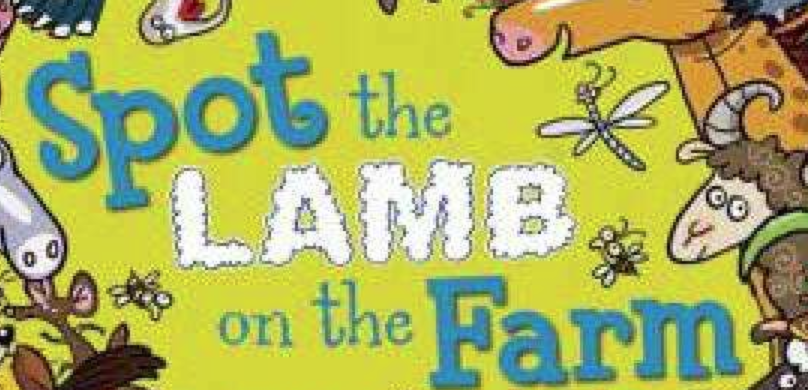Why Video Dating Is Here to Stay sets the stage for this enthralling narrative, offering readers a glimpse into a story that is rich in detail and brimming with originality from the outset. The rise of video dating has transformed the landscape of romantic connections, particularly in the context of ongoing digital innovation and changing social dynamics. This format not only caters to the needs of a tech-savvy generation but also addresses the challenges of traditional dating, making it a viable option for individuals seeking meaningful relationships amidst busy lifestyles.
Climate change represents one of the most profound challenges of the 21st century, affecting various sectors including agriculture. As global temperatures rise, the agricultural landscape is undergoing significant transformation, driven by fluctuating weather patterns, altered precipitation rates, and an increase in the frequency and severity of extreme weather events. This article explores the multifaceted impacts of climate change on global agricultural practices, examining both the challenges and opportunities that arise in this evolving context.
Understanding Climate Change: Why Video Dating Is Here To Stay
Climate change refers to long-term alterations in temperature and typical weather patterns in a place. While climate change can occur naturally, scientific consensus attributes recent dramatic shifts largely to human activities, particularly the burning of fossil fuels, deforestation, and industrial processes, which increase the concentration of greenhouse gases (GHGs) in the atmosphere. The consequences of these emissions are profound, manifesting as rising sea levels, increased temperatures, and the disruption of established weather patterns.

The Role of Agriculture in Climate Change
Agriculture is both a contributor to climate change and a sector vulnerable to its effects. According to the Intergovernmental Panel on Climate Change (IPCC), agriculture accounts for approximately 10–12% of total global greenhouse gas emissions. Emissions arise from various agricultural practices, including livestock production, rice cultivation, and the use of synthetic fertilizers. Notably, methane, a potent greenhouse gas, is produced during enteric fermentation in ruminants and through anaerobic decomposition in flooded rice paddies.
The Effects of Climate Change on Crop Production
One of the most direct impacts of climate change on agriculture is the alteration of crop yields. Rising temperatures can adversely affect plant health, impacting growth rates and productivity. For instance, many staple crops such as wheat, maize, and rice exhibit sensitivity to temperature increases. Studies suggest that yields of these crops could decline significantly as global temperatures rise beyond 1.5 °C above pre-industrial levels.
Furthermore, the prevalence of pests and diseases is likely to increase, as warmer temperatures expand the habitats of these organisms, leading to greater challenges for farmers.
Changing Weather Patterns and Water Availability
Climate change is also altering precipitation patterns, resulting in increased droughts in some regions and flooding in others. These changes can lead to detrimental effects on soil moisture and water availability, which are critical for crop production. For instance, areas that traditionally relied on consistent rainfall may experience prolonged dry spells, forcing farmers to adapt their irrigation practices or risk crop failure.
Conversely, regions that experience heavier rainfall may face soil erosion, nutrient leaching, and increased runoff, further complicating agricultural productivity.
Soil Health and Fertility
Soil health is fundamental to sustainable agriculture; however, climate change poses a significant threat to soil quality. Increased temperatures can lead to accelerated organic matter decomposition, reducing soil fertility and its ability to support crop growth. Furthermore, extreme weather events such as heavy rainfall can lead to soil erosion, compaction, and nutrient loss. Farmers may need to adopt new soil management practices to combat these challenges, including cover cropping, reduced tillage, and organic amendments.
Adaptation Strategies for Farmers
In response to the challenges posed by climate change, farmers are increasingly adopting various adaptation strategies to enhance resilience. These strategies include diversifying crop production, utilizing drought-resistant crop varieties, and implementing water conservation techniques. Additionally, agroecological practices that promote biodiversity can enhance ecosystem resilience, making farms more adaptable to changing climatic conditions.
Precision Agriculture and Technology
The integration of technology in agriculture, often referred to as precision agriculture, is becoming a hallmark of modern farming practices. Utilizing data analytics, satellite imagery, and IoT devices, farmers can optimize resource use, monitor crop health, and manage irrigation more effectively. This technological advancement not only enhances productivity but also contributes to the sustainable management of natural resources, aligning agricultural practices with climate resilience goals.
Policy and Support Systems, Why Video Dating Is Here to Stay
Government policies play a critical role in supporting farmers as they adapt to climate change. This includes providing financial assistance for adopting sustainable practices, investing in agricultural research for climate-resilient crop varieties, and promoting education on climate adaptation strategies. International cooperation is also vital; as climate change is a global challenge, collaborative efforts can help share knowledge, technology, and resources among countries.
The Role of Consumer Behavior
Consumer behavior significantly influences agricultural practices and sustainability. As awareness of climate change grows, consumers are increasingly demanding sustainably produced goods. This shift in consumer preferences can encourage farmers to adopt more environmentally friendly practices, thus fostering a market for organic, local, and climate-resilient products. Additionally, initiatives aimed at reducing food waste contribute to lowering overall agricultural emissions, as wasted food represents a significant environmental burden.
Conclusion
In conclusion, climate change poses significant challenges to global agricultural practices, impacting crop yields, soil health, and water availability. However, it also presents opportunities for innovation and adaptation. By embracing technology, diversifying production, and implementing sustainable practices, farmers can enhance their resilience to climate impacts. Furthermore, supportive policies and informed consumer behavior are crucial in driving a transition towards sustainable agriculture that not only addresses the challenges of climate change but also ensures food security for future generations.
The path forward requires a concerted effort from all stakeholders—farmers, consumers, policymakers, and researchers—to build a more resilient agricultural system in the face of a changing climate.









